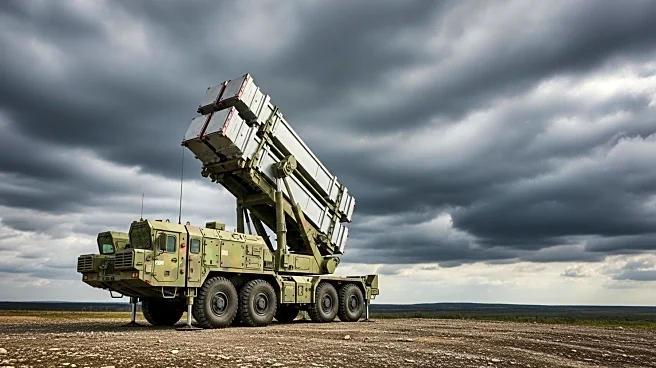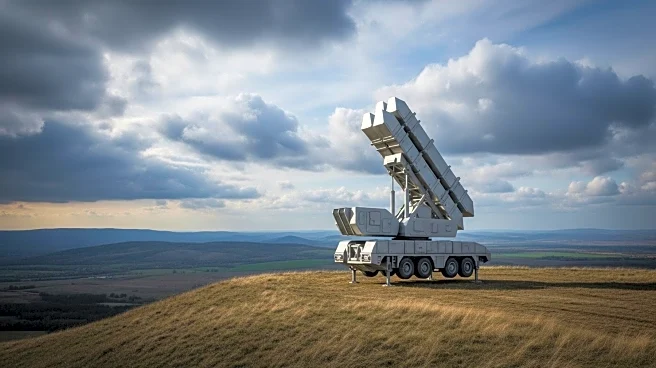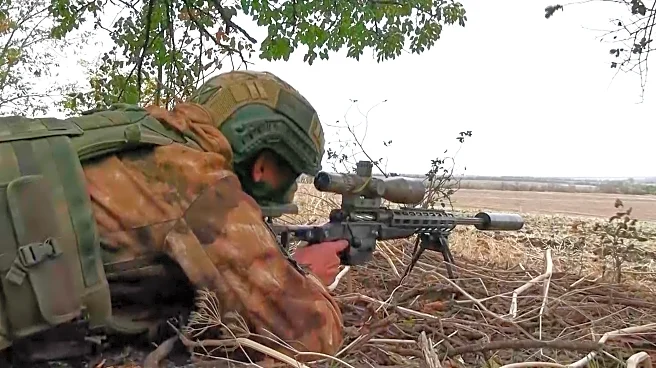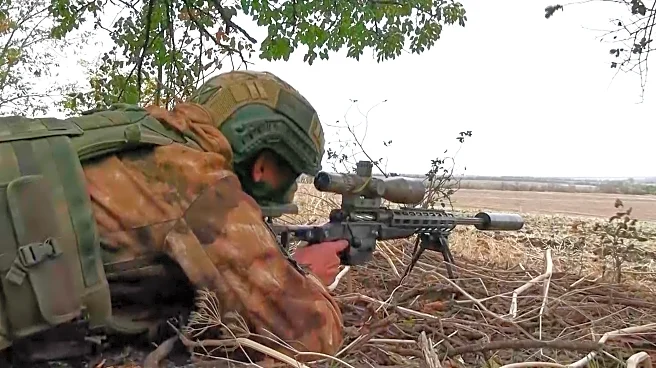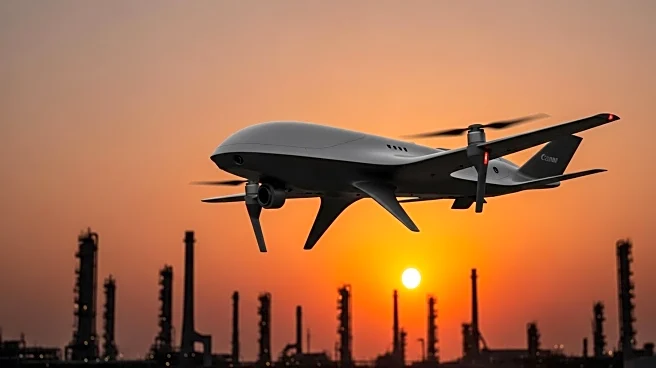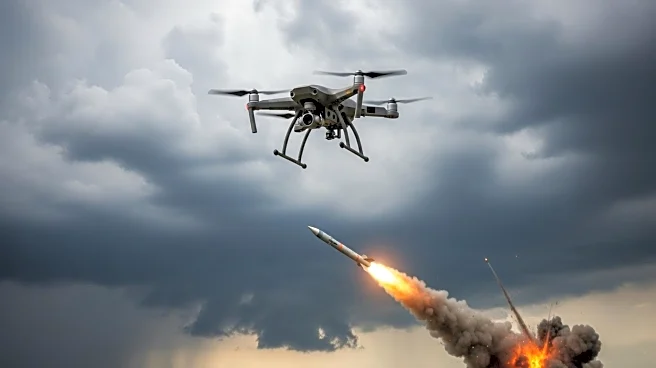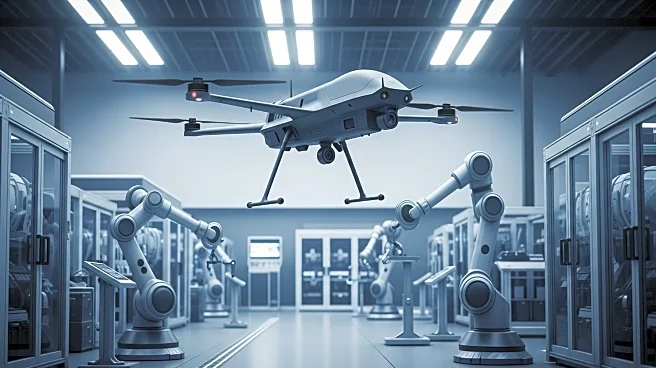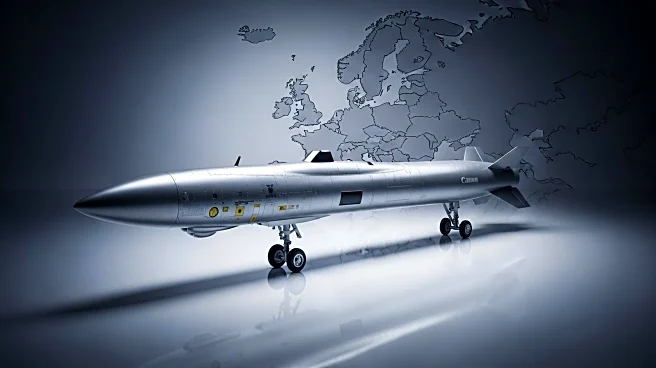What's Happening?
Ukraine has reportedly increased the effectiveness of its long-range drone-missile capabilities, with strikes reaching nearly 2,000 kilometers inside Russian territory. President Volodymyr Zelenskyy highlighted the success in destroying Russian air defense systems, although Russia has not attributed these attacks to Ukraine. The strikes have targeted industrial hubs in the Ural Mountains and Tyumen in Siberia, causing local authorities to implement preemptive measures such as evacuations and restricted mobile internet access. Despite the mystery surrounding the origins of these drones, experts suggest they may have been launched from outside Ukraine.
Why It's Important?
The ability of Ukraine to strike deep within Russian territory represents a significant escalation in the ongoing conflict, challenging Russia's air defense capabilities and potentially altering the strategic balance. These developments could increase pressure on Russia's military infrastructure and complicate its defense strategies. The strikes also highlight the evolving nature of warfare, where drones play a critical role in extending the reach of military operations. This situation may prompt Russia to enhance its air defense systems and reconsider its military tactics.
What's Next?
As Ukraine continues to demonstrate its long-range strike capabilities, Russia may respond by strengthening its air defenses and increasing security measures in vulnerable regions. The international community, particularly countries supplying technology to Ukraine, may face diplomatic challenges as they navigate the implications of these strikes. Further developments could lead to increased tensions between Russia and Ukraine, with potential repercussions for regional stability.
Beyond the Headlines
The use of drones in warfare raises ethical and legal questions about accountability and the attribution of attacks. The anonymity of drone strikes complicates diplomatic relations and may lead to increased scrutiny of international arms sales and technology transfers. Long-term, this could influence global military strategies and the development of counter-drone technologies.

